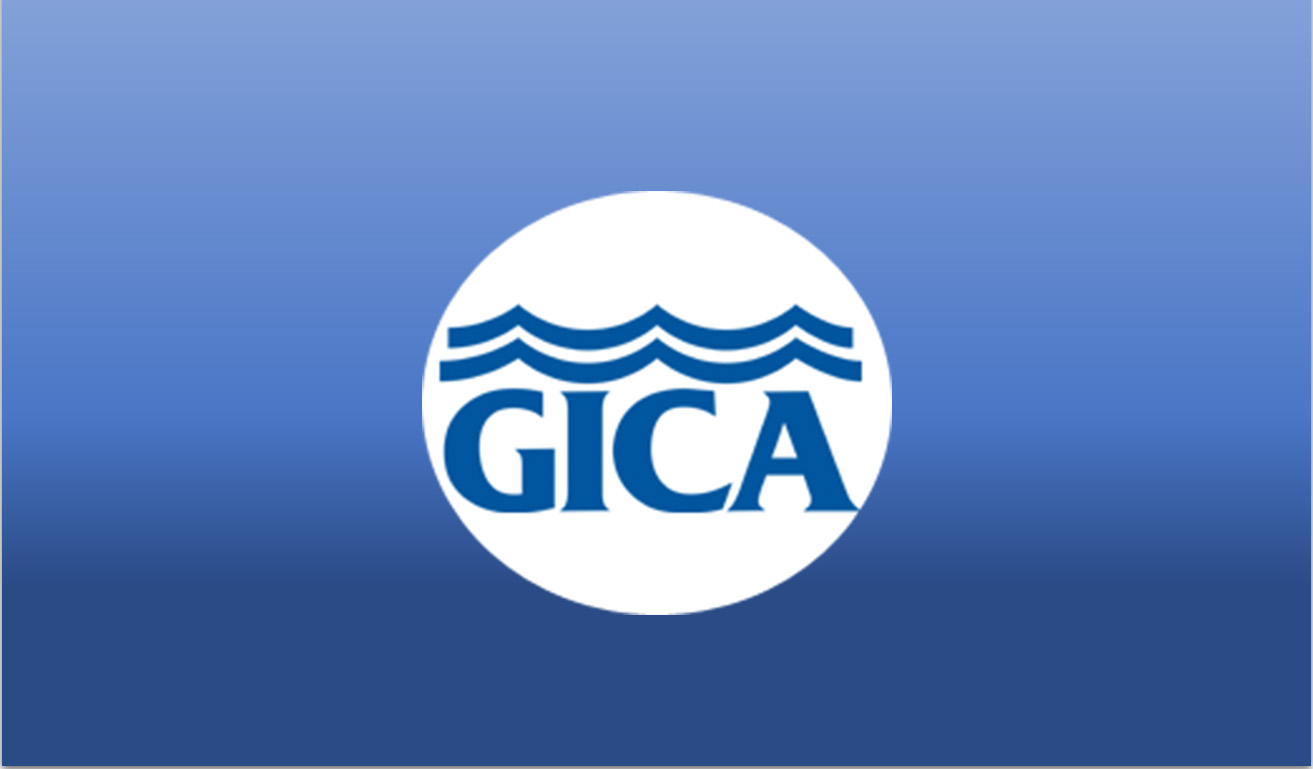What do the Interstate Inland Waterway League, the Intracoastal Canal Association of Louisiana and Texas, and the Gulf Intracoastal Canal Association have in common? These are names that the current Gulf Intracoastal Canal Association, or GICA, has been identified by over the past 113 years.
From its inception in 1905—when a group of businessmen met in Victoria, Texas, and pledged to establish a continuous system that would tie together the waterways from the Great Lakes through the Mississippi Valley, and along the Texas and Mississippi coasts—to the present, this organization has played a crucial advocacy role for our nation’s waterborne commerce. Today, GICA’s updated, yet historical, mission statement is to facilitate commerce through ensuring safe, reliable and efficient Gulf Coast waterways. Surely this is as relevant today as it was in 1905. Today, as then, the association works diligently with its members, industry stakeholders, and state, local and federal government partners to carry out that mission.
Based on tonnage, the Gulf Intracoastal Waterway, the GIWW, is the third busiest inland waterway in our nation, behind only the Mississippi and Ohio river systems. Pushing cargoes primarily of petroleum, petroleum-related products and chemicals, GICA members are helping to support our nation’s energy economy. Some agriculture, crude materials, coal, aggregates and manufactured goods round out the portfolio of commerce on the GIWW.
Like the Mississippi and Ohio systems, the GIWW is faced with aged infrastructure challenges that often slow this flow of commerce. However, we are starting to see some progress, as project studies on the inefficient Colorado Locks and Brazos River Floodgates in Texas, and the Inner Harbor Navigation Canal Lock (IHNC) in New Orleans, are nearing completion with recommended plans that will eventually modernize these facilities and improve transits.
Additionally, an increase in Corps of Engineers maintenance funding is resulting in badly needed gate and guidewall repairs to help make our operations safer and more reliable. GICA has worked closely with Corps staff and association membership to get this work done while mitigating impacts to traffic on the waterway.
Last year’s hurricane season also challenged the flow of commerce, as severe shoaling closed portions of the GIWW in Texas following the passage of Hurricane Harvey. GICA engaged with Corps and Coast Guard partners through its Gulf Coast Inland Waterways Joint Hurricane Response Protocol to ensure that recovery efforts proceeded as quickly as possible and the GIWW was returned to service without undue delays. Also, GICA members embedded as industry representatives in federal incident command posts to advise and assist on waterways issues and recovery efforts during both Hurricanes Harvey and Nate.
Looking forward to the coming years, GICA stands ready to advocate strongly for the waterway, ensuring members’ inputs on infrastructure improvements, efficiency, and safety are heard. Specifically, implementing the study recommendations at Colorado Locks, Brazos Floodgates, and the IHNC will be high priorities. Hoping for a quiet storm season, but ready if it’s busy, GICA and its 200 member companies are poised to again assist government partners in storm preps and recovery efforts this year on our waterway.
Committed to the same vision and purpose as its predecessors throughout the past 113 years, the modern Gulf Intracoastal Canal Association continues as the voice of the GIWW and its users.
Jim Stark is president of the Gulf Intracoastal Canal Association.




